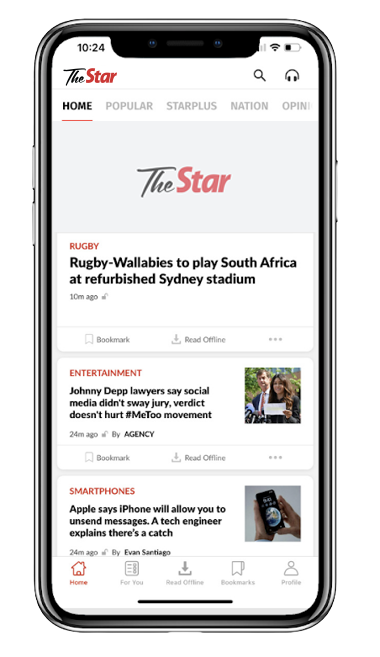Entrepreneurs who don’t go out and travel to South-East Asian markets are blind-siding themselves.
Many Malaysian startups still hold a locally-focused mindset. They need to go out, widen their contacts and benchmark themselves against the region’s best entrepreneurs.
RECENTLY, MaGIC completed two regional programmes to expose entrepreneurs to the tech startup eco-system in Singapore at Tech in Asia in May and Echelon in June. The other regional programmes will be to Jakarta and potentially to Bangkok and Tokyo in the near future.
Limited time offer:
Just RM5 per month.






